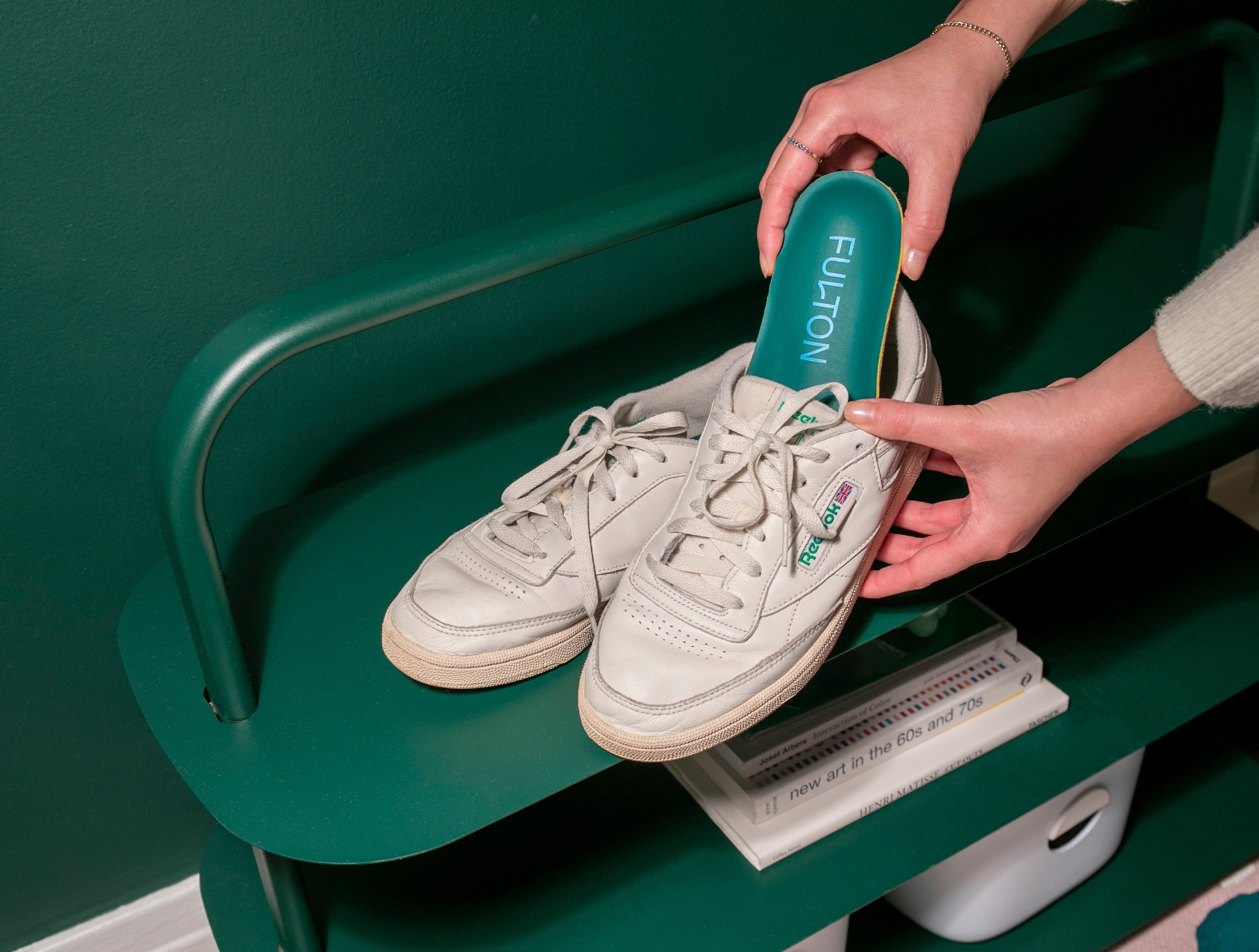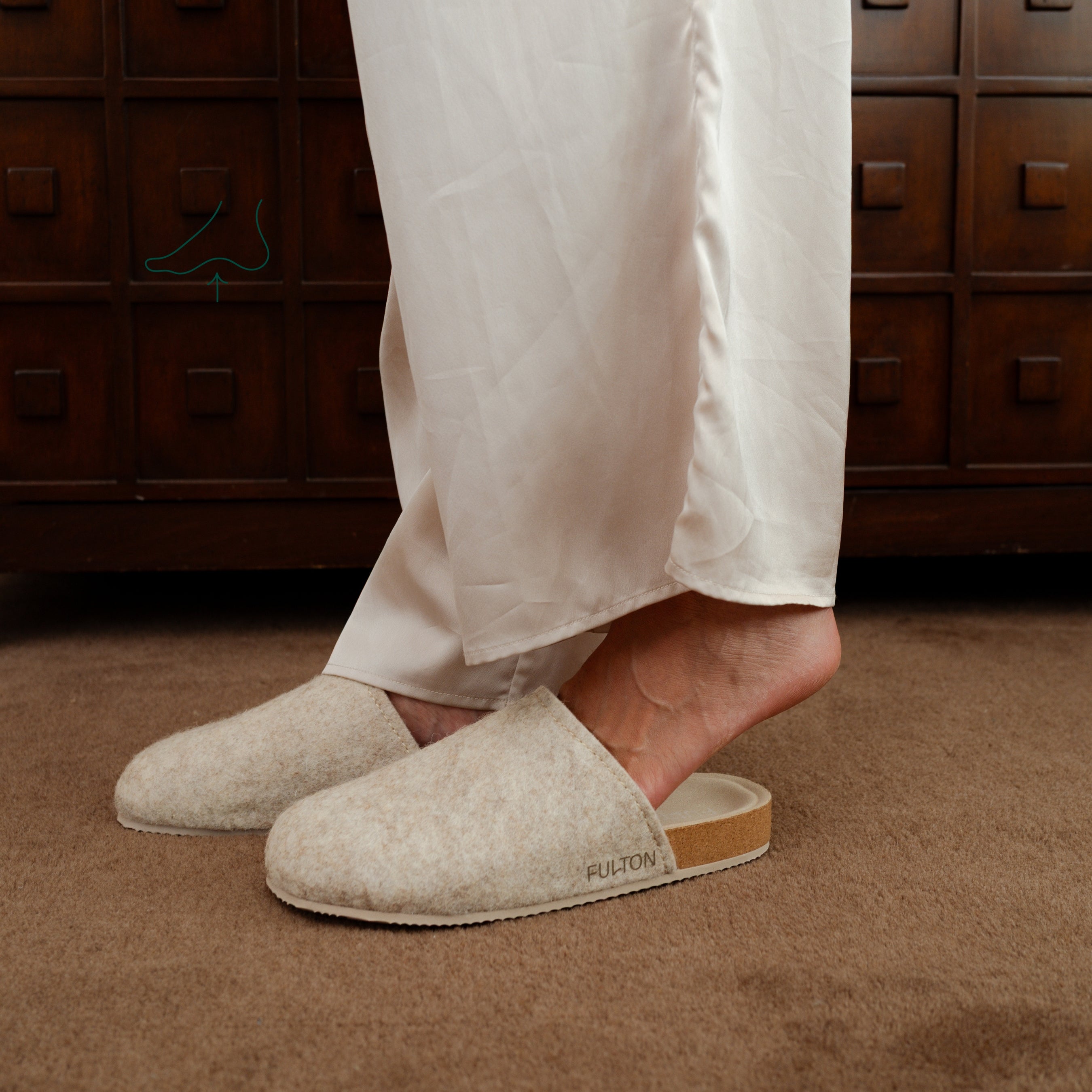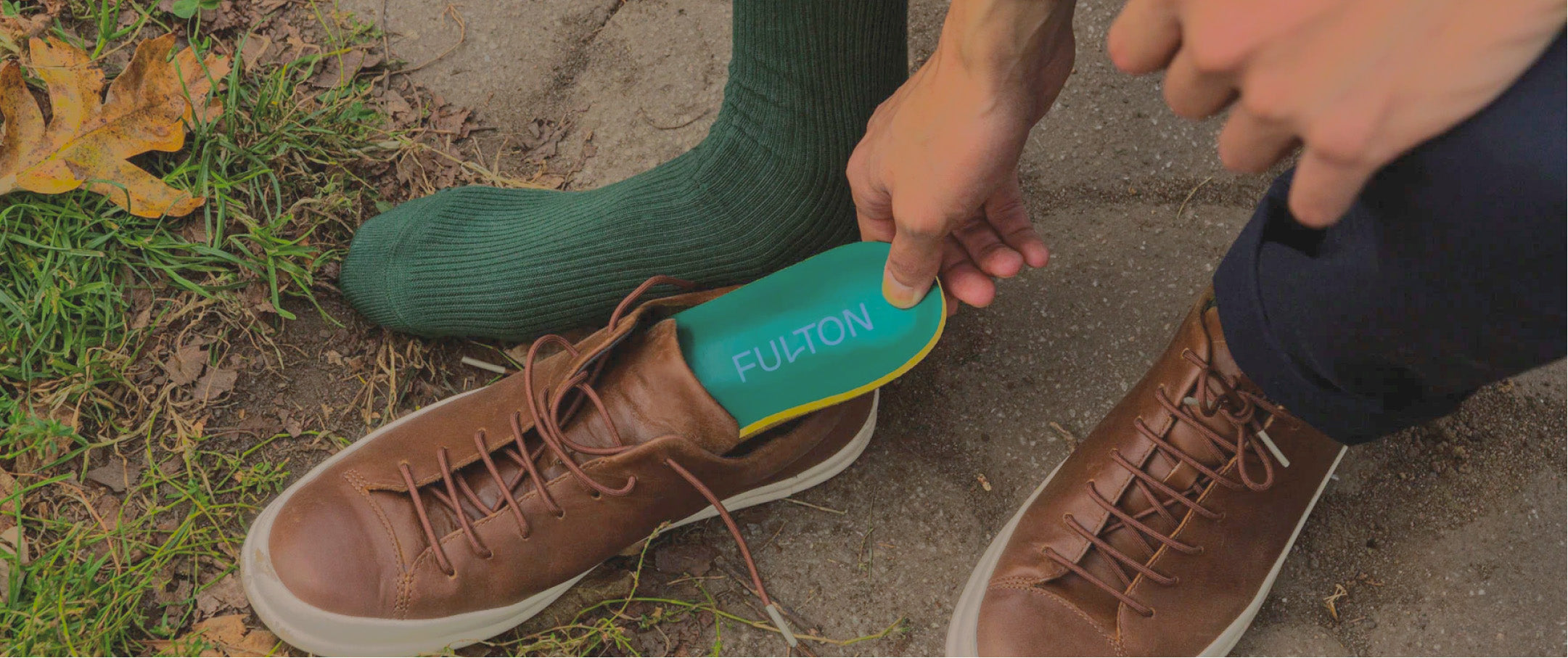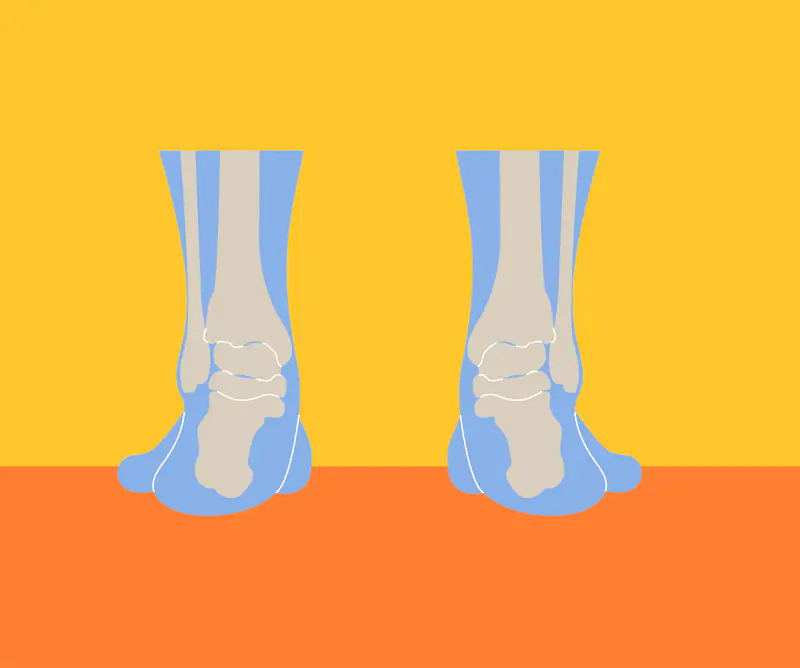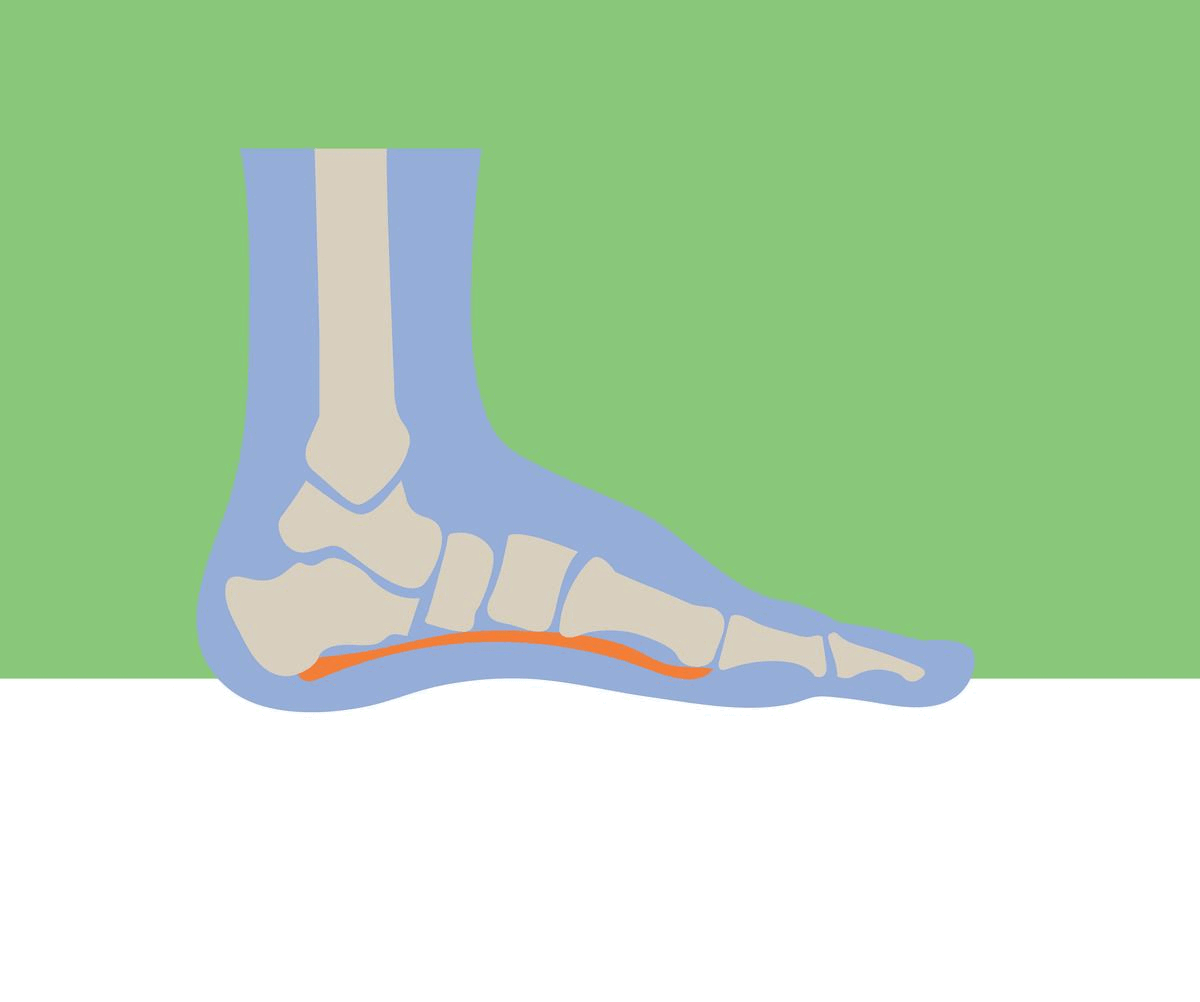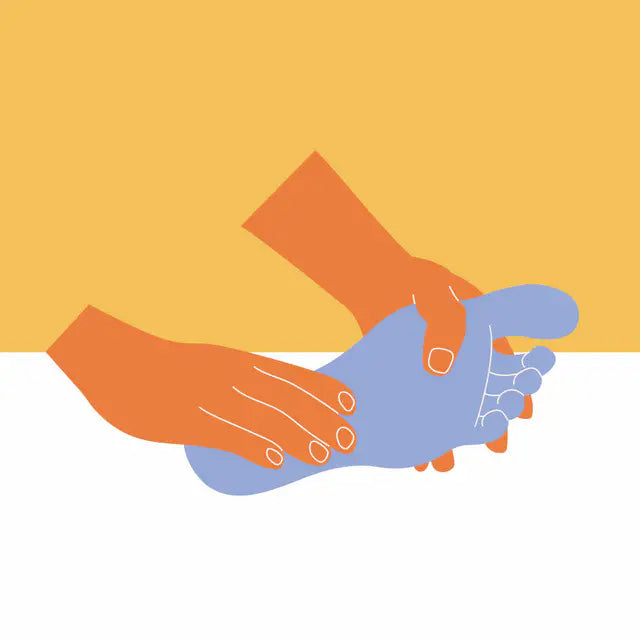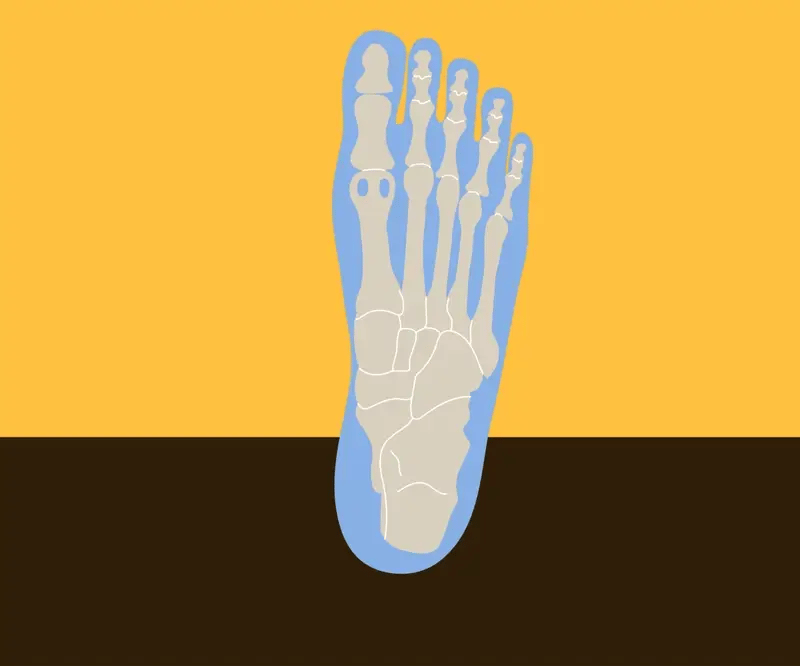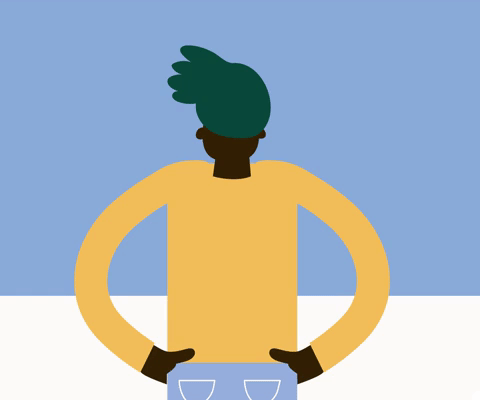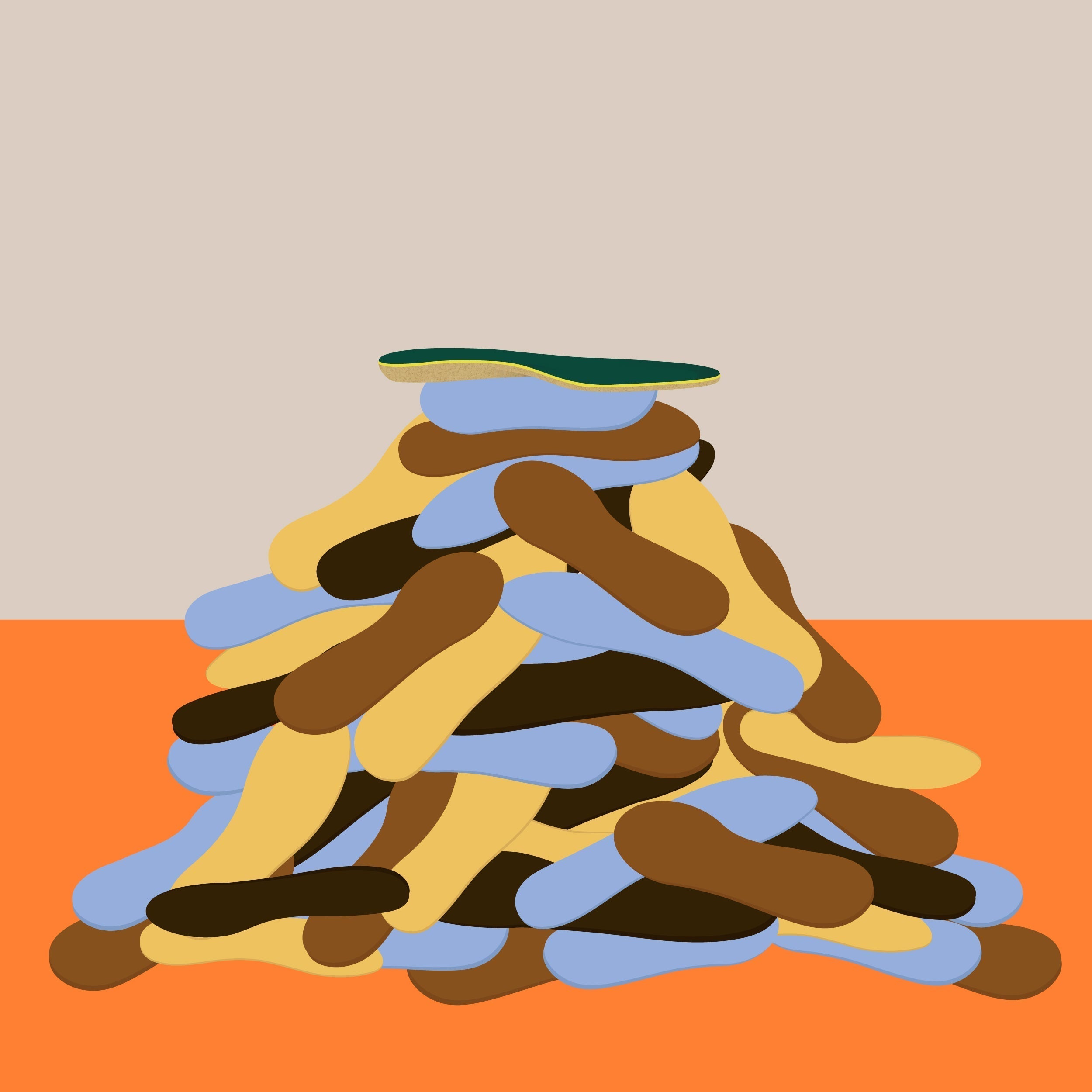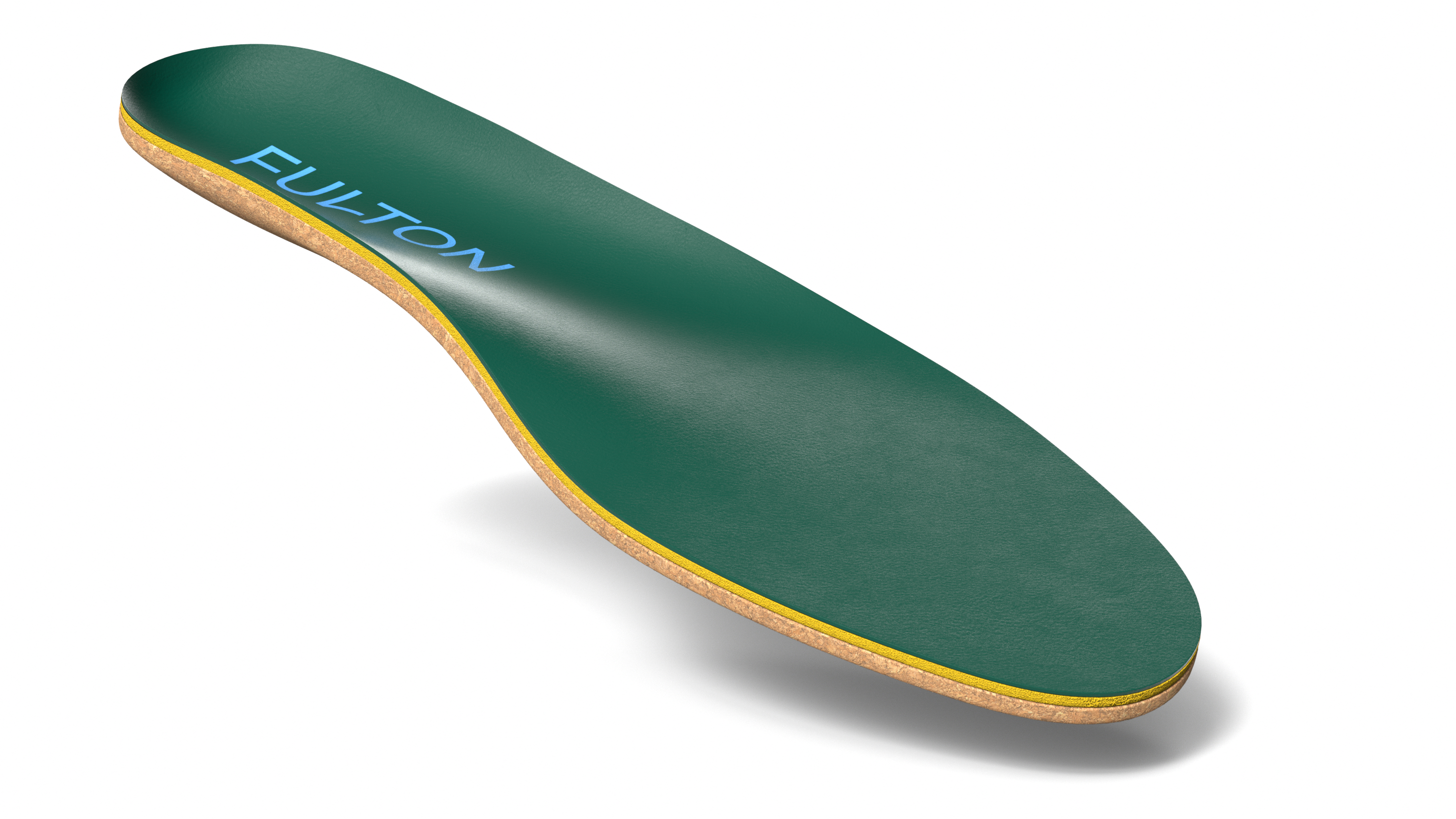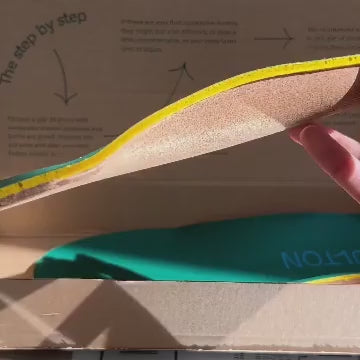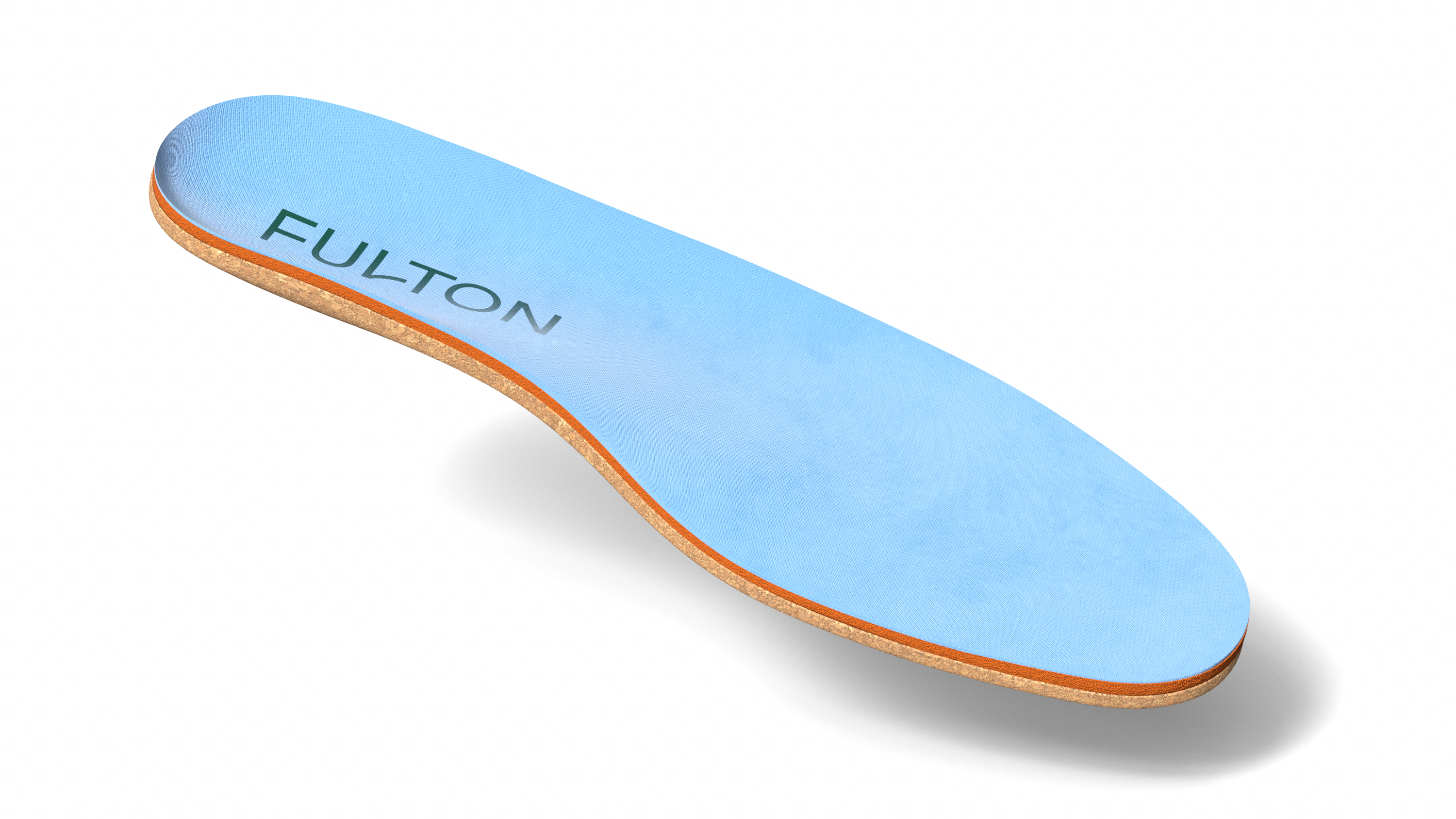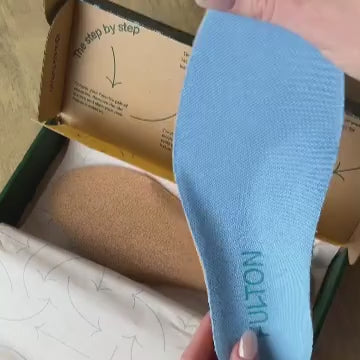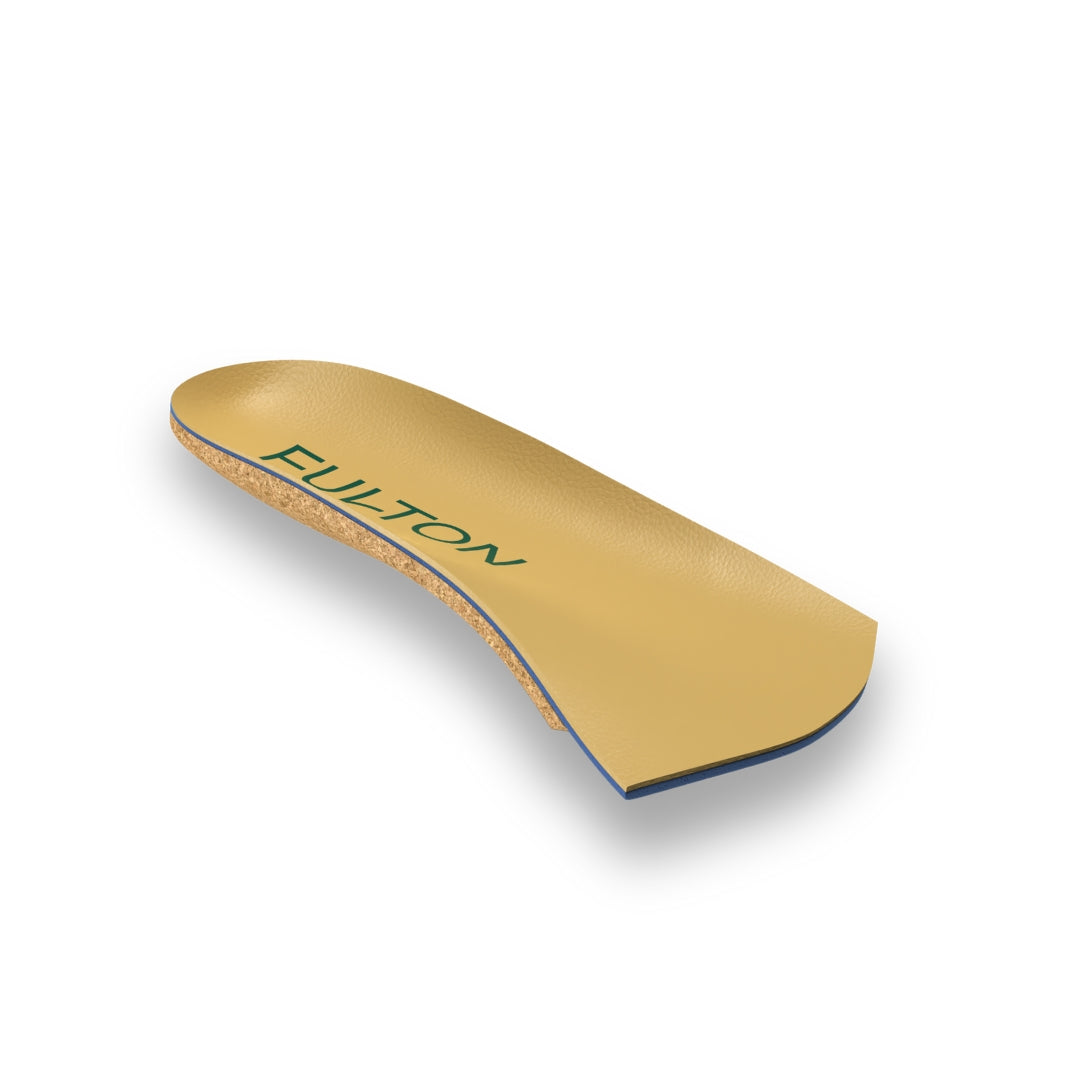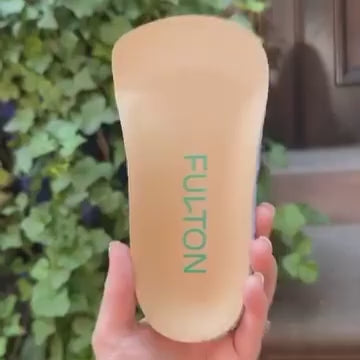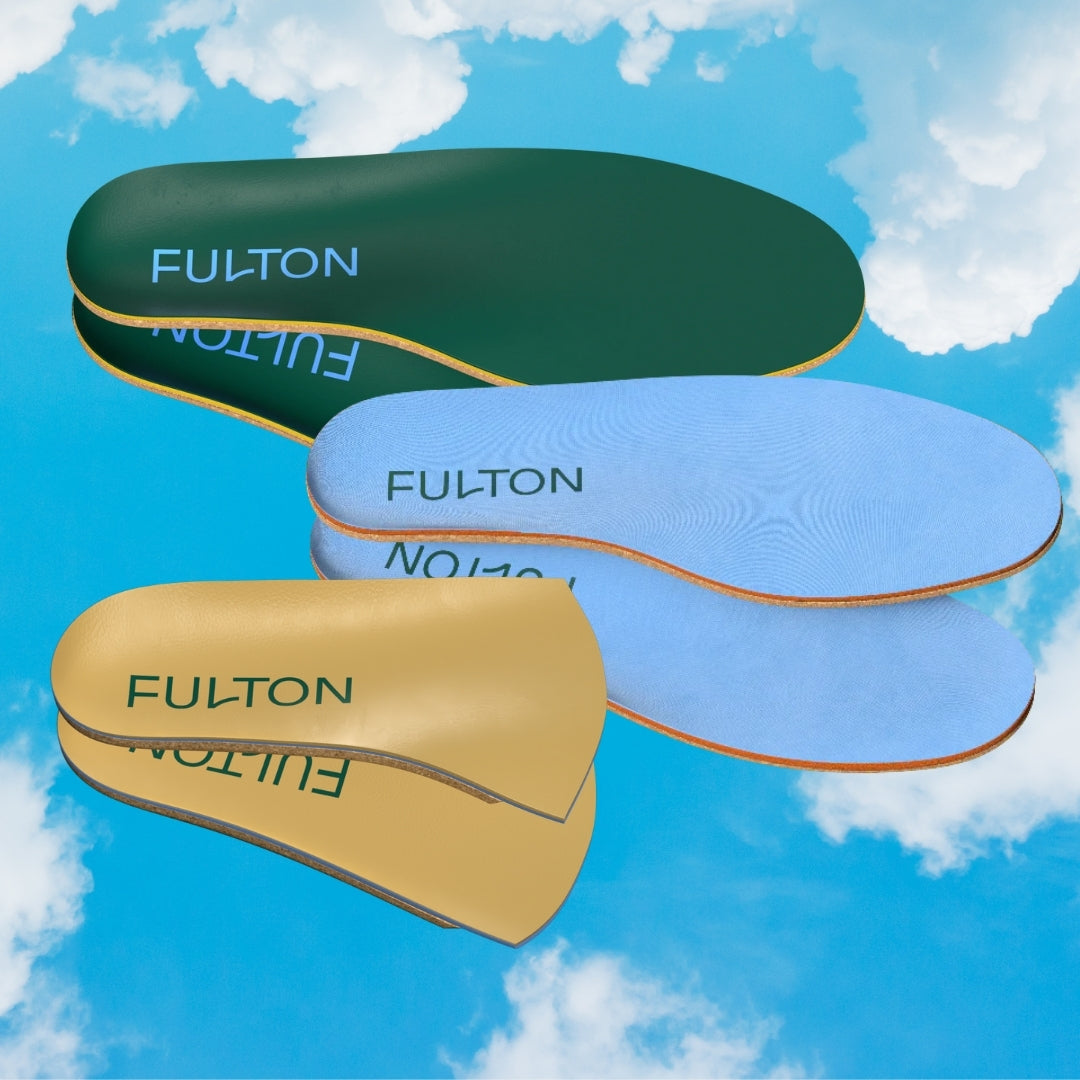The Lowdown on Lower Back Pain and Feet
The human body functions as an interconnected system. When one part of the system isn’t pulling its weight or isn’t aligned properly, the rest of the system suffers. For example, people who spend all day sitting at a desk often develop tightness or weakness in the core muscles—the lower back, abdominals, hips, and glutes.
Tight hip flexors and weak glutes can cause tilting in the pelvis, putting more pressure and tension on the lower back. Muscle imbalances can throw off spinal alignment enough to change your walking gait, further aggravating the back. Over time, the foot’s muscles, tendons, and ligaments can weaken or loosen, contributing to alignment and muscle problems throughout the body.
The ways your body specifically moves, your personal biomechanics contribute to your back health, too. Your feet support your entire body weight in a relatively small area. Consequently, any weakness, injury, or misalignment may be felt in the ankles, knees, hips, and lower back; back pain and sore feet together can be a sign that the pain in your body might be coming from your feet.
Alternative Causes Of Back Pain
Some other lower back pain causes can stem from a variety of lifestyle factors, some to consider;
- Overeating. Remind yourself to choose food that your body needs from whole grains, fruits, and vegies. Eating unhealthy foods can lead to inflammation and leave out nutrients you need to be strong. It is also recommended to get nutrients like calcium, phosphorus, and vitamin D, too.
- Slouching. It can be a habit for most people who work on their desk for more than hours – no stretching and whatsoever. Prolonged slouching and sitting aren’t only dangerous for your spine, but to your overall health too.
- Sleeping on your back. Try putting a rolled towel under your knees to keep the natural curve of your back. For side sleepers, tuck a pillow between your legs to take pressure off your hips and lower back. It would also help if you can try different pillow heights for your neck.
- Smoking. Smoking can curb blood flow, including to your spine. Smoking causes the cushioning disks between your bones break down quicker, and can also slow the healing process especially if you have osteoporosis.
- Not having an ergonomic workstation. Ensure that your current workstation is ergonomically correct, and doesn't cause you any neck strain and low back pain. Try investing in standing desk to ensure your posture while keeping you productive at work.
Feet, Alignment, and Back Pain Management
A 2011 study found that adjustments in heel height and foot position led to significant pelvic tilt and torsion changes. Researchers also noted that shoe inserts that changed one aspect of foot positioning affected the rest of the foot, with changes radiating into the spine - a great form of lower back pain treatment.
Modifications made to foot cushioning and support, like a shoe insert, can counteract muscle imbalances while supporting natural movement patterns. Your foot’s arch height, heel width, and foot volume are unique to you and maybe different from foot to foot, but custom inserts can be expensive.
That’s where Fulton insoles can step in and help with back pain management. The inserts absorb impact and support your body weight while promoting proper foot mechanics with each step. The inserts’ cork material uses body heat and weight to mold to the custom shape of each foot over time. They’re a way to combat back pain with every step.
Strengthen Your Stride (and Your Back)
Fulton insoles put your body on a correctly aligned path to less back pain. However, you’ll still need to take care of your “system” (body) from the inside out. A nutritious diet and regular exercise are part of back pain management, too. Take a short walk (with shoes and inserts) at lunch or after work. Use correct posture when sitting and take a five to ten-minute break every hour to give your back muscles a rest.
Let Fulton Get to Know Your Feet
A happy back needs happy, aligned feet. Whether you have a high or low arch, wide feet or narrow, Fulton insoles can adapt to and support every step you take and relieve lower back pain. When you take care of your feet, you’re really taking care of your whole body from the bottom to the top.


